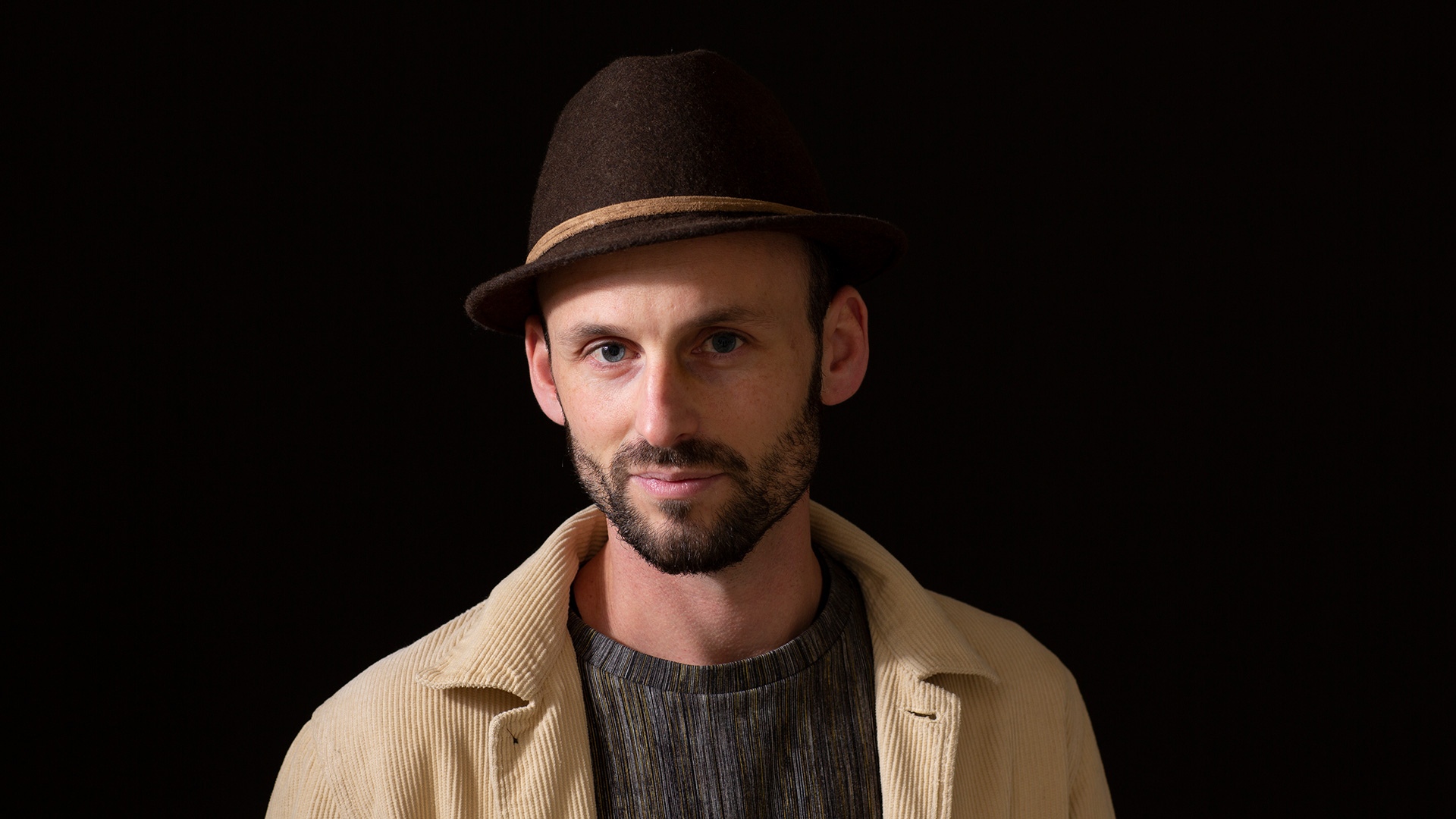Cet article est disponible en anglais seulement.
A single breath of air touches more of the world than most people will ever explore in their lives. In two years, the molecules we breathe in and out in just twenty minutes will be everywhere on earth. Our breath touches everything, even things we will never see and people we will never meet.
20 minutes is also the amount of time it takes people to explore Diego Galafassi’s Breathe, a multi-sensorial interactive installation, part of New Frontier at Sundance Film Festival. Fortunately, we have had a little more time with the Brazilian-born transdisciplinary artist and producer. Galafassi is the inaugural artist residency at PHI, where he worked on Breathe—which harnesses the power of biometric sensors to detect body movement, gesture, and breath that transform the artwork—which he presented at the Sundance Film Festival as part of the New Frontier category.
“We use breathing as a portal to the realization that we are part of this very complex and dynamic world, and we are not separate from it,” said Galafassi. During his residency, he collaborated with PHI teams to co-create—PHI has acted as his co-producer, providing facilities, technical and creative support, and other tools and resources to help Diego grow his installation and his greater career.
Now living in Sweden (and working with PHI in Montreal), Diego has been exploring the connection between arts and sciences for his entire career. With a Ph.D. in Sustainability Science from Stockholm University, as well as a collection of works that include The Life of Lines and UNESCO’s Charismatic Megafauna, he continually sees the unity between the two disciplines, and the power of merging the two.
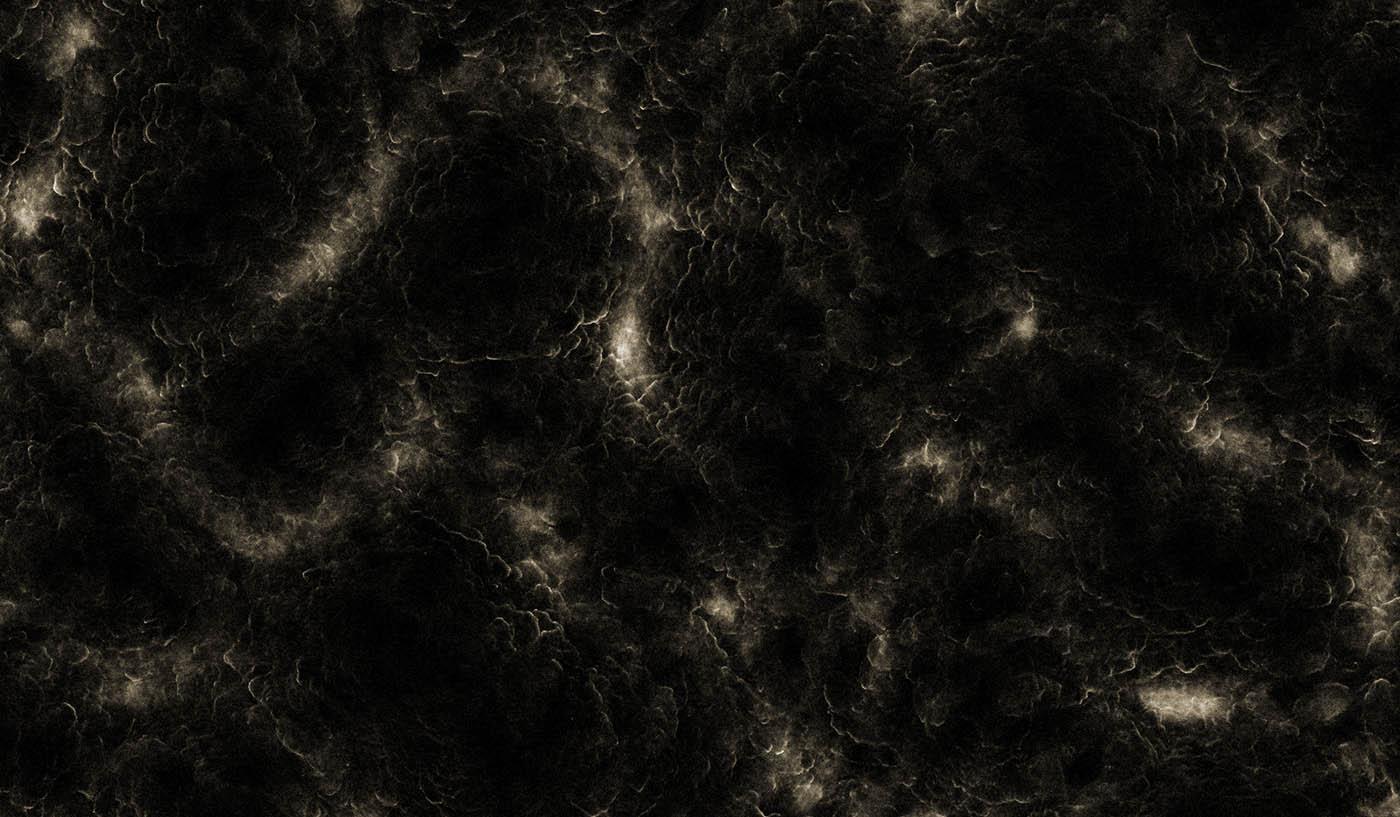
“If you look very closely, [art and science] are not very different in their essence. They are the ways in which we try to grapple with the world that we live in. They are the ways in which we try to understand our place in the universe that we inhabit.”
The Breathe installation came from a conversation with an anthropologist, who asked, “when you breathe, is the air inside of you or outside?” The puzzling question sparked a discussion about how lives are fundamentally entwined with the life of the atmosphere. “Breathing profoundly questions the notion that we are separate from the natural world we inhabit. There is no duality and the environment is not outside of us, we live inside of it and it makes us who we are. In each inhalation a part of the atmosphere becomes me, and by exhaling I become part of the atmosphere” explained Galafassi.
Finding ways in which we connect with the world has also been what drives Galafassi, and to reassess humanity’s relationship to the rest of the living world. And it’s from there that Breathe was born.
“Galafassi’s work invites people to reassess their place in the living world.”
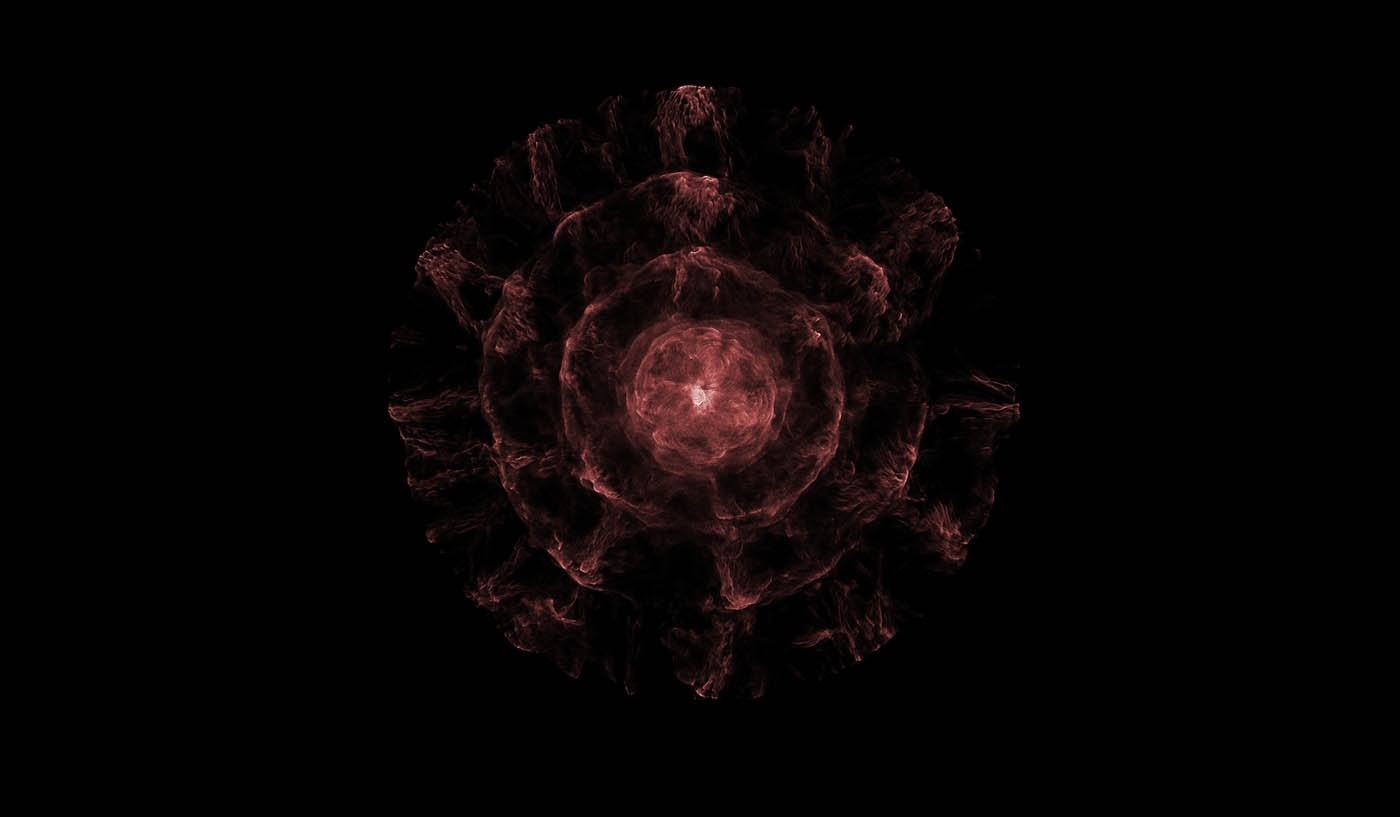
The Story of Breathe, in Three Acts
Breathe is a shared 20-minute mixed reality experience for four to six users at a time. The installation uses Magic Leap devices, as well as a tailor-made breathing sensor, to make it a generative experience for participants. The physical environment includes textiles, concrete, living sculptures and video screens.
The participant is taken through three acts: connecting to your own breathing, connecting your breath with others. The devices measure the depth, speed and rhythm of each breath. Participants will see their breathing in colour and movement and because of its generative design, each time they will go through the experience it will look and feel different—in response to participants' breathing patterns at that given moment.
This modern form of storytelling and art is exciting for Galafassi, who is a relative newcomer to using emerging technologies in film. The exciting thing, he says, is how new media combines different skills, techniques, and methods to create an innovative experience.
“New media has a powerful role to play in terms of providing spaces for new kinds of imaginations. Imaginations about the futures, the futures that we want to create in, the kinds of relationships we want to establish with one another and the rest of the living world. And it can be really a great space for opening up conversations about the future.”
Galafassi is also an inaugural Sundance artist in residence at the Johns Hopkins University's Immersive Storytelling and Emerging Technologies program. In collaboration with Earth System scientists at Johns Hopkins University, NASA and NILO (Norway), Galafassi developed simulation models allowing participants to visualize at the end of the experience how the air travels across the world and receive updates on how far the air they breath has gone even 2 years after the experience.
For Galafassi, this experience is about broadening the individual experience to realizing our global connectivity.
“Breathe will help you see how your moment to moment experience of the world is fundamentally dependent on the life of the rest of the living world, and you are in constant relationship with the world.”
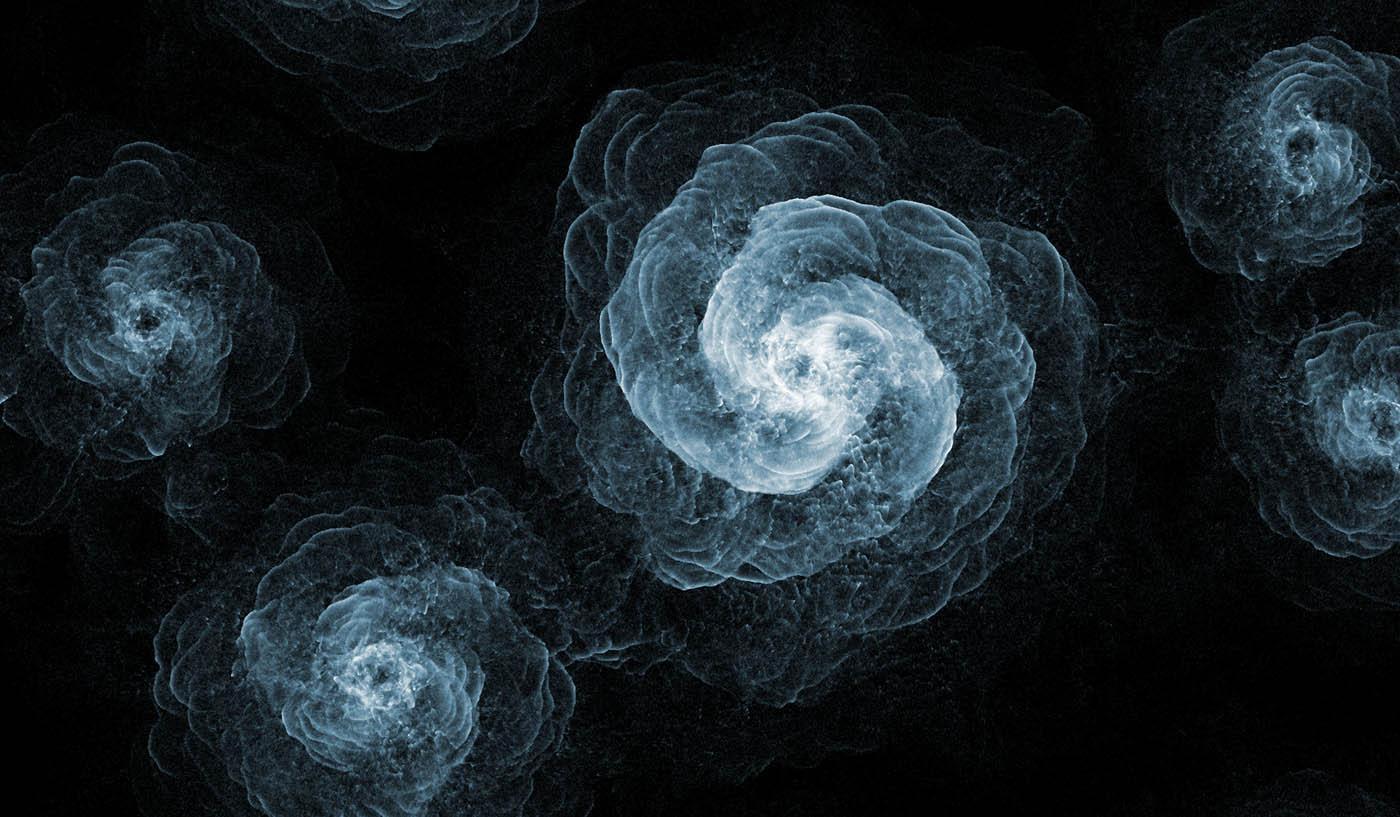
Taking a Deep Breath
Galafassi’s work pushes people to reassess their connection with the world. We live at a crucial moment, where in the next ten years, we need to make drastic changes in behaviours and environmental policies to reverse the effects of climate change. For the Brazilian artist, it is now, with a deepening sense of urgency, that art is so important.
“I think that creates in me and in my artistic practice, a sense of urgency, a sense responsibility of telling these kinds of stories. Working with these questions helps me to make sense of the times that we are living in. And hopefully, that process helps others also to better understand the times we're living in and the new ways of being in this world that we can create.”
While Galafassi wants people to take away a sense of connection with the world through breathing, he is also deepening his relationship with other artists and scientists through this work. A residency with John Hopkins University, for example, has allowed him to share ideas with other visionaries who have given him the energy to continue his work.
“I think definitely the kinds of stories that we are seeking to create and the complexity our times require multiple disciplines to be in the conversation. They do require multiple forms of talent to tell that kind of story. So for me, co-creation is the sort of the natural platform for the times that we live in.”
This is an especially timely moment for Galafassi and his work. His home country, Brazil, is at the heart of crucial environmental discussions, as debates continue around the use of the Amazon Rainforest and its recent devastation by wildfires. He hopes to bring his work back home, to help open up the dialogue and bring “healing to that social fabric” and the environment.
Diego Galafassi’s Breathe was part of New Frontier at the Sundance Film Festival from January 23rd to February 2nd, 2020.
Contenus reliés
Explorer
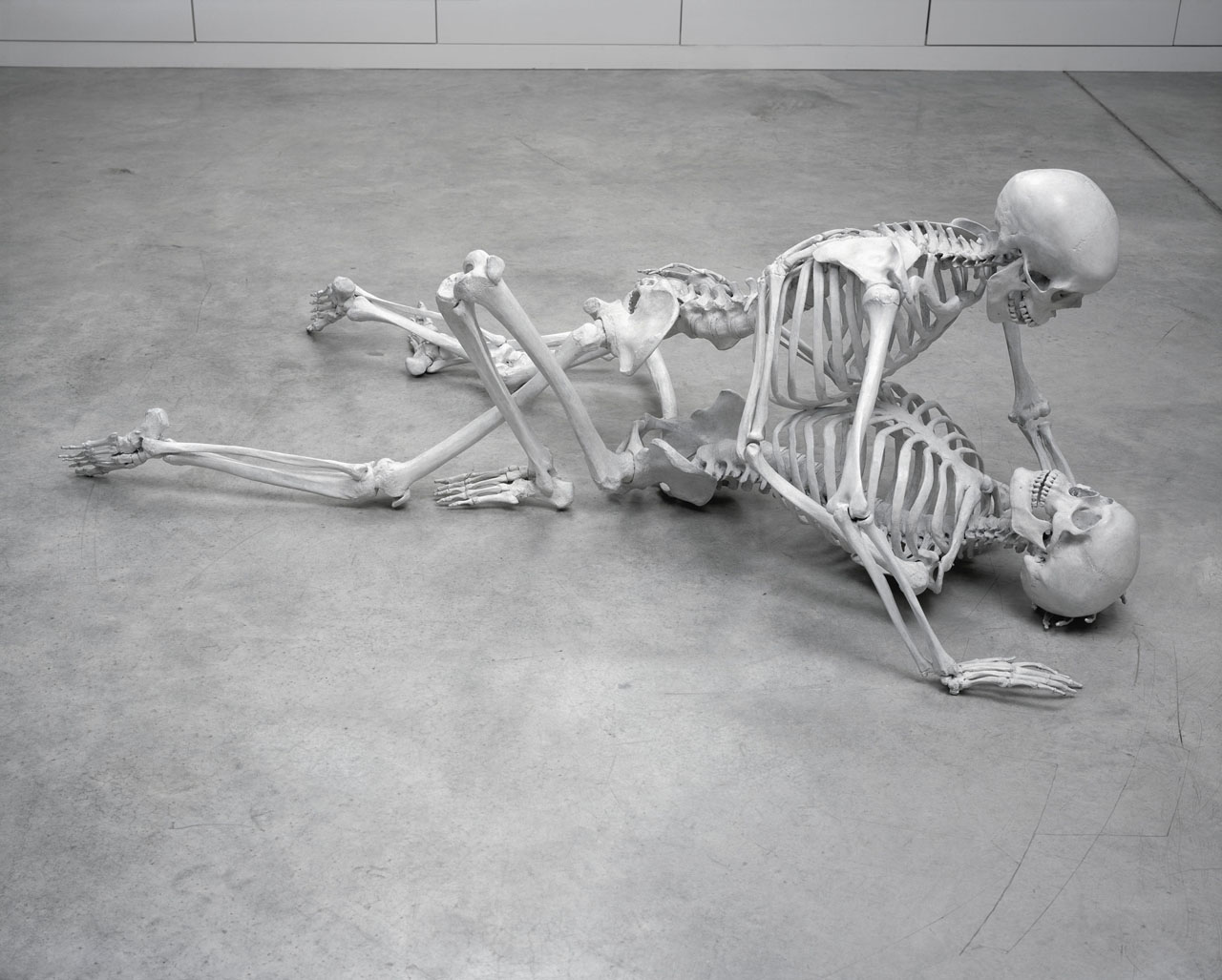
Fondation
Marc Quinn
5 octobre → 6 janvier 2008
Réunissant plus de quarante œuvres récentes, l’exposition inaugurale de DHC/ART consacrée à l’artiste conceptuel Marc Quinn est la plus importante organisée à ce jour en Amérique du Nord et la première exposition individuelle de l’artiste au Canada
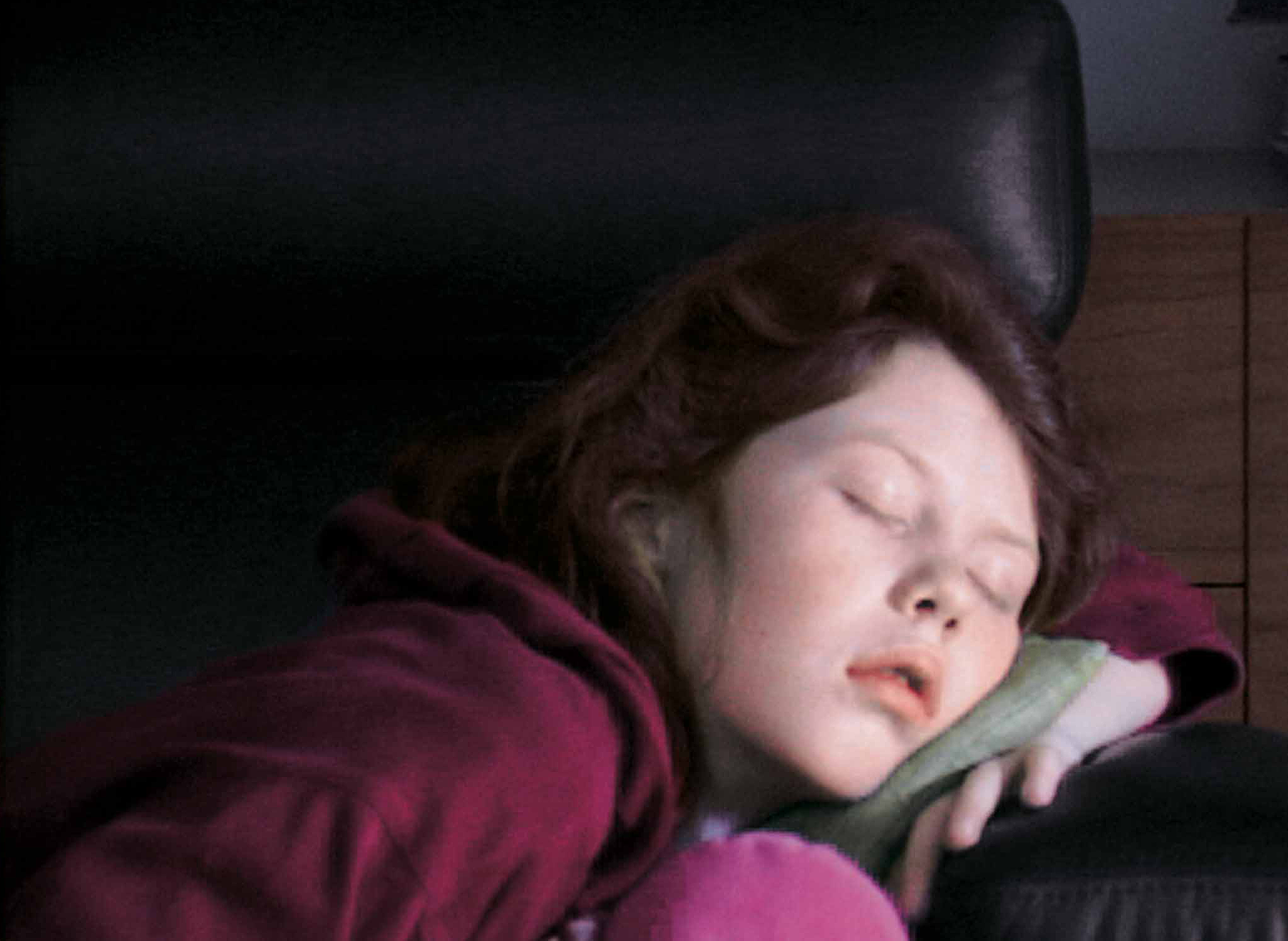
Fondation
Re-constitutions
22 février → 25 mai 2008
Six artistes présentent ici des œuvres qui, chacune à leur manière, remettent en scène des films, des spectacles médiatiques, des éléments puisés dans la culture populaire et, dans un cas particulier, des moments privés tirés du quotidien
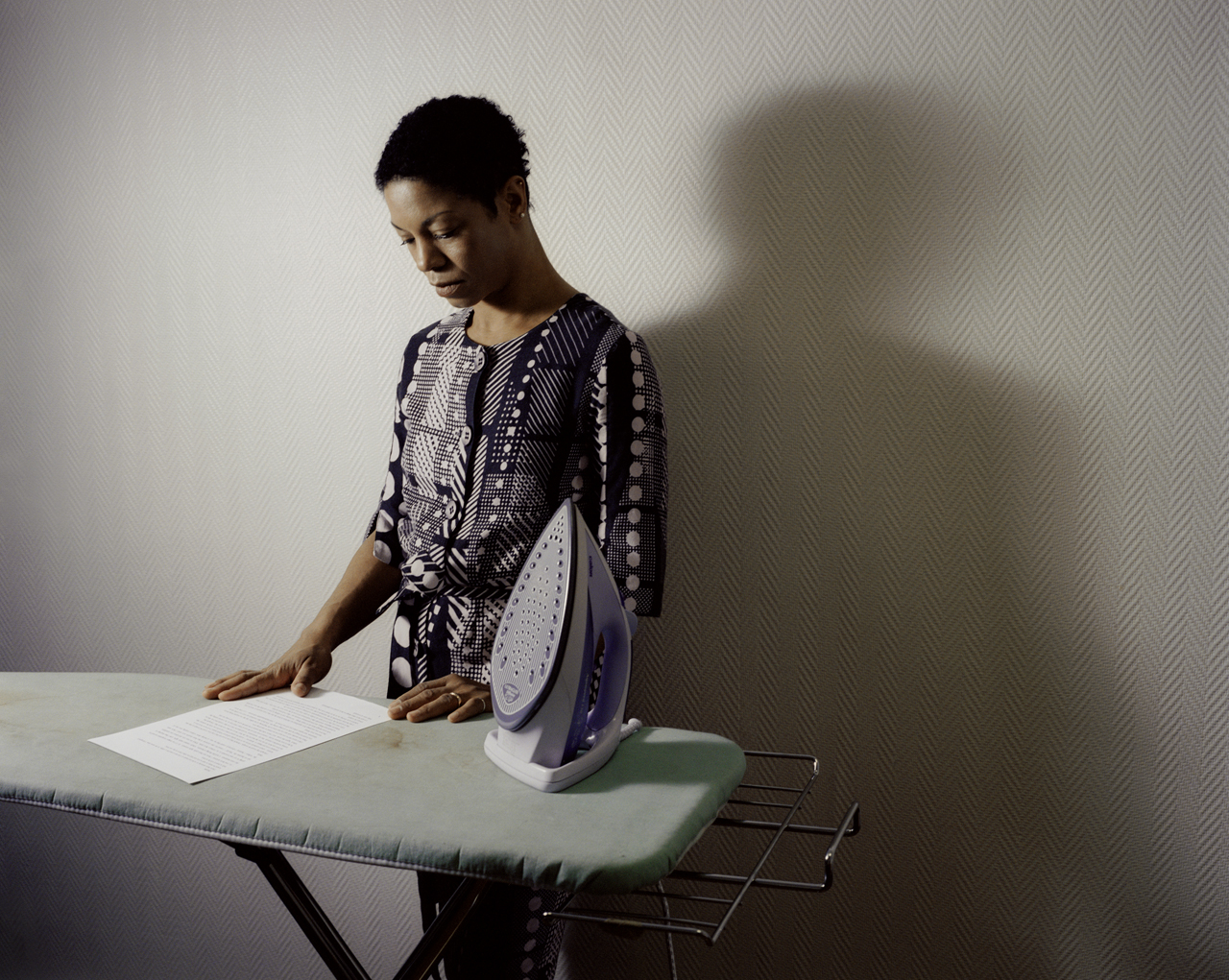
Fondation
Sophie Calle: Prenez soin de vous
4 juillet → 19 octobre 2008
Ce projet poétique, et souvent touchant, nous interpelle tous sur la relation que nous entretenons avec notre bien-aimé
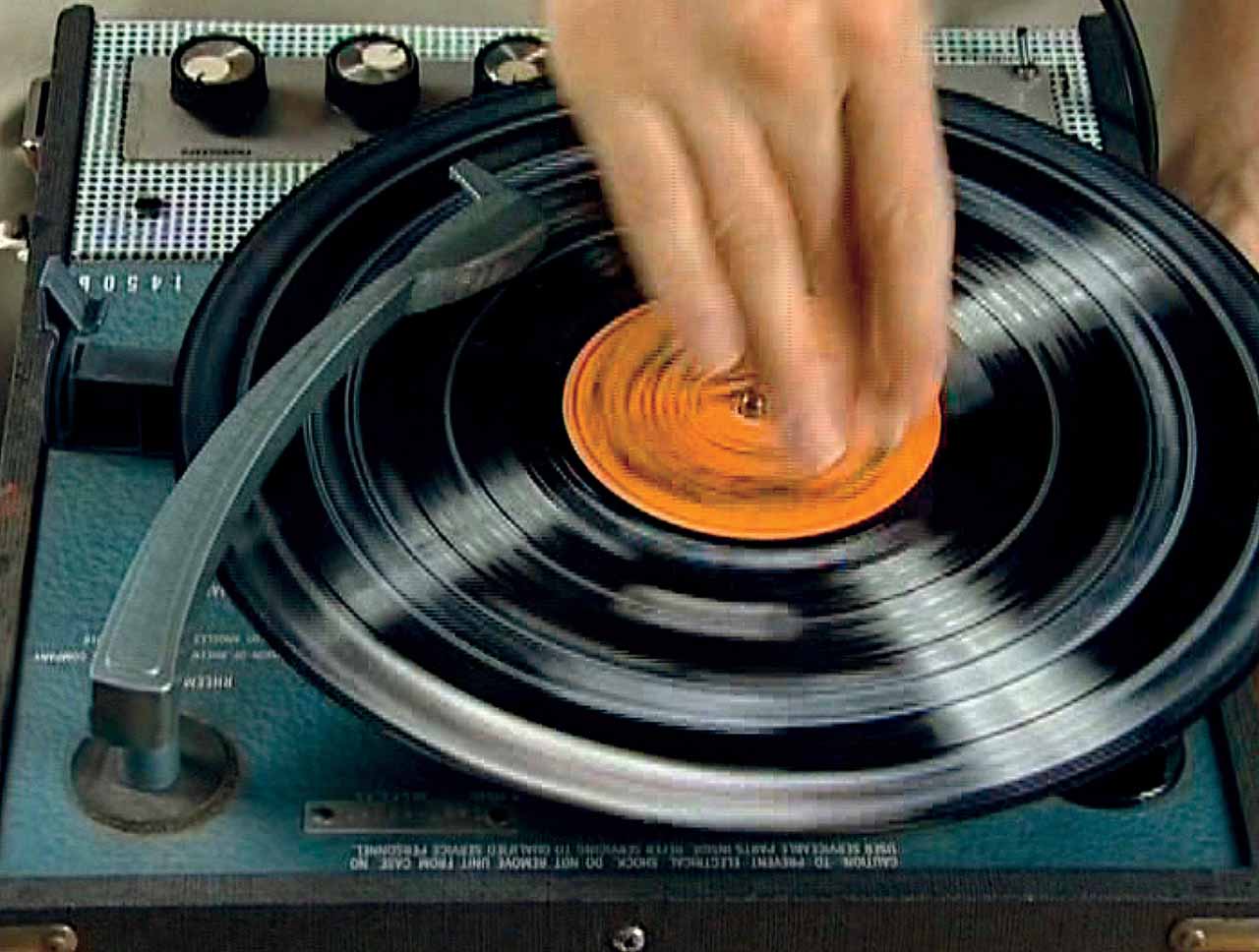
Fondation
Christian Marclay: Replay
30 novembre → 29 mars 2009
L’exposition de cet artiste de réputation internationale rassemble plusieurs œuvres vidéo spectaculaires, projetées à grande échelle et accompagnées de bandes sonores saisissantes
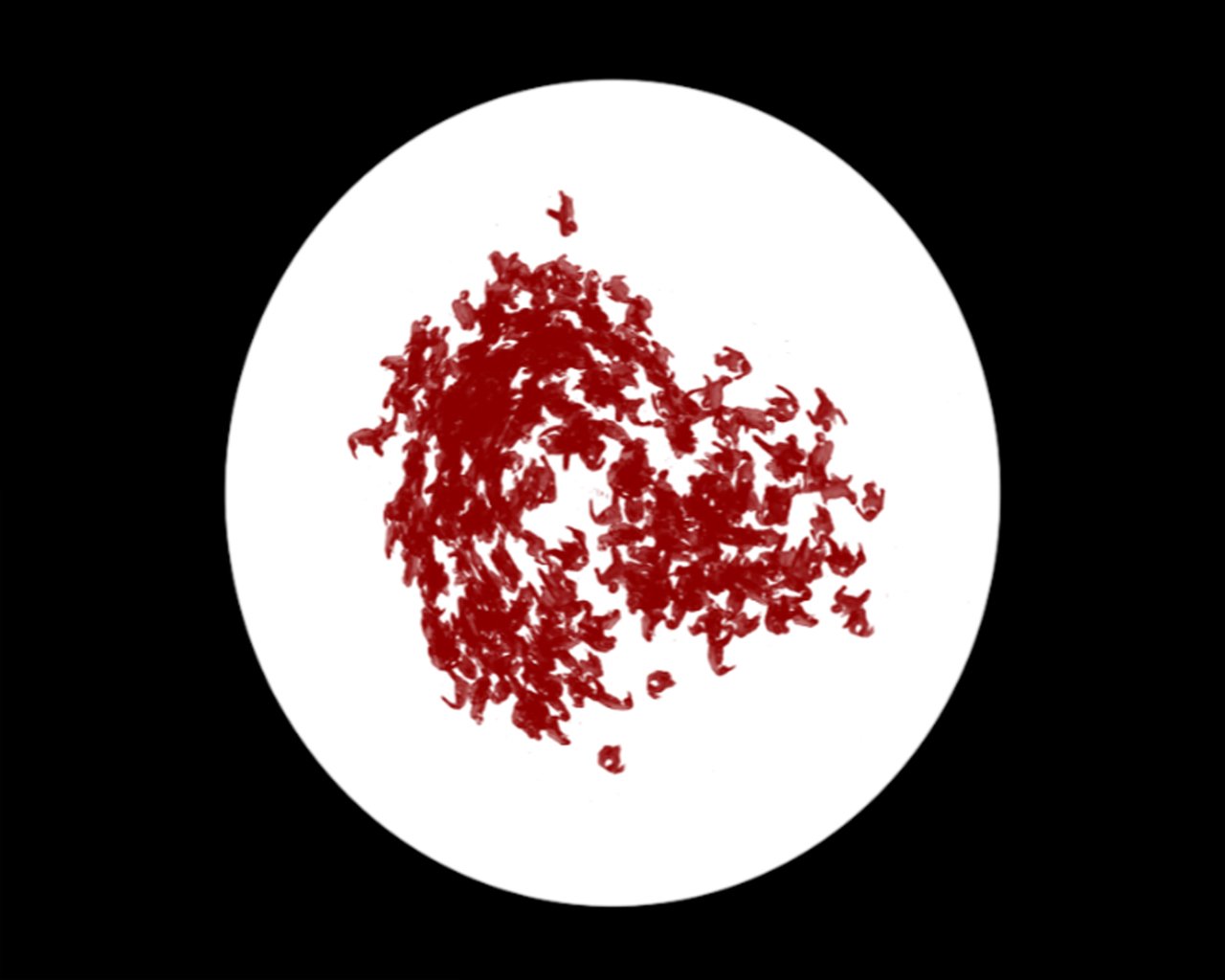
Fondation
Michal Rovner: Particules de réalité
21 mai → 27 septembre 2009
DHC/ART est heureuse de présenter Particules de réalité, première exposition personnelle au Canada de la célèbre artiste israélienne Michal Rovner, qui partage son temps entre New York et une ferme en Israël
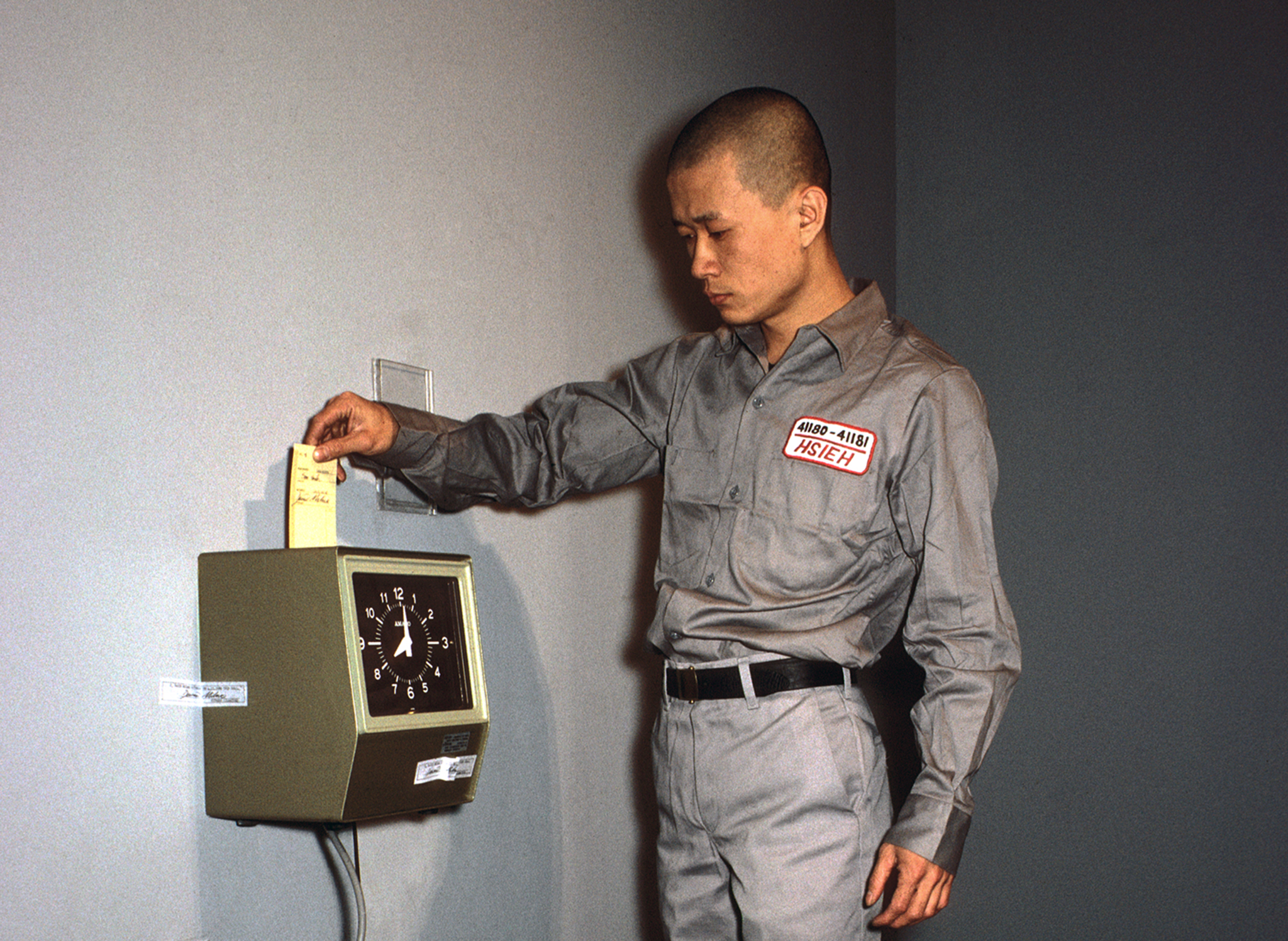
Fondation
Survivre au temps
16 octobre → 22 novembre 2009
L’exposition inaugurale de Session DHC, Survivre au temps, réunit une sélection de documents relatifs à l’œuvre One Year Performances du célèbre performeur taiwano-américain Tehching Hsieh et les films du jeune artiste néerlandais Guido van der Werve
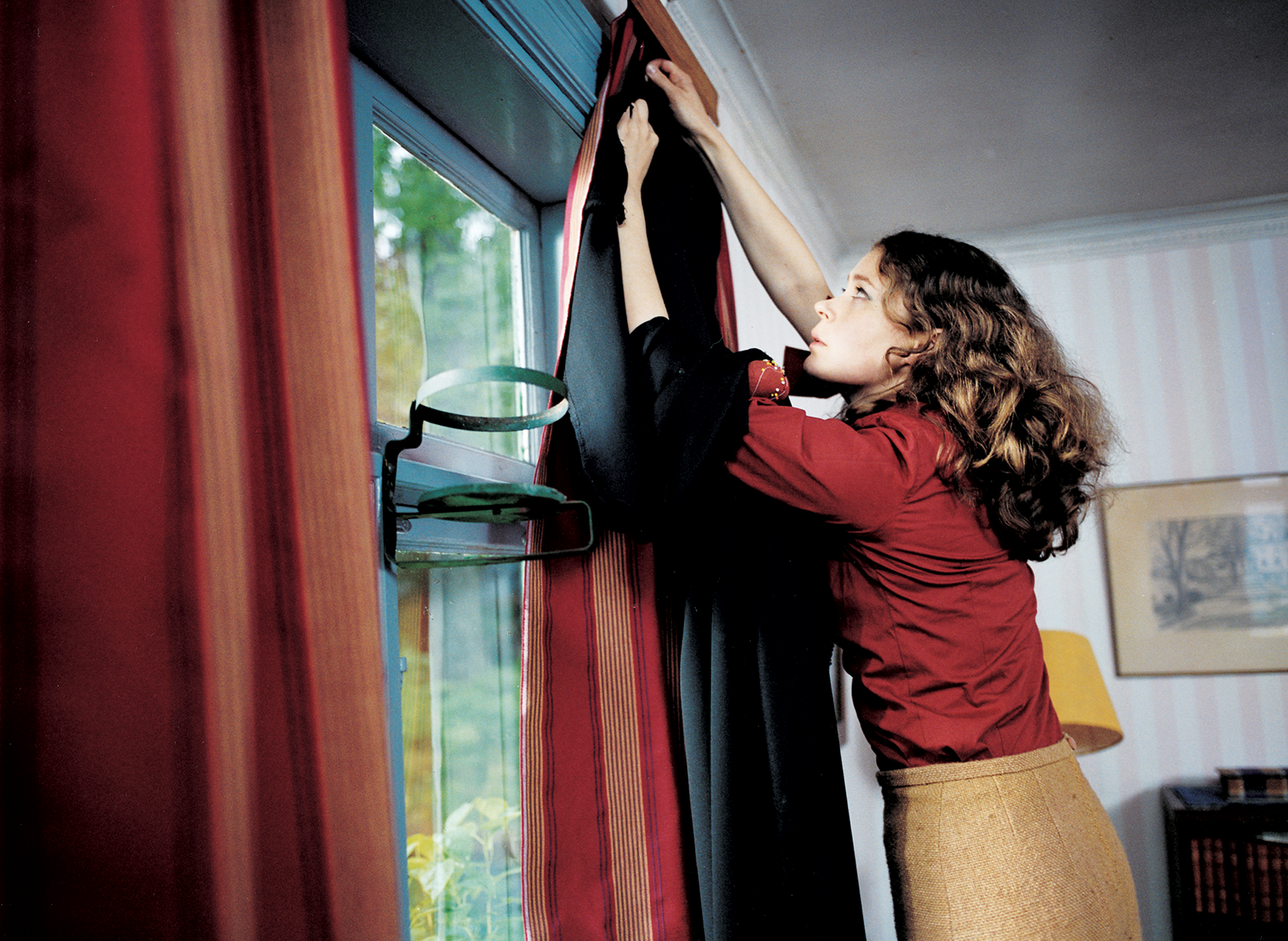
Fondation
Eija-Liisa Ahtila: Int. Scène-Jour
29 janvier → 9 mai 2010
Les installations filmiques d’Eija-Liisa Ahtila jouent avec l’idée de narration, créant des fables extraordinaires à partir d’expériences humaines ordinaires
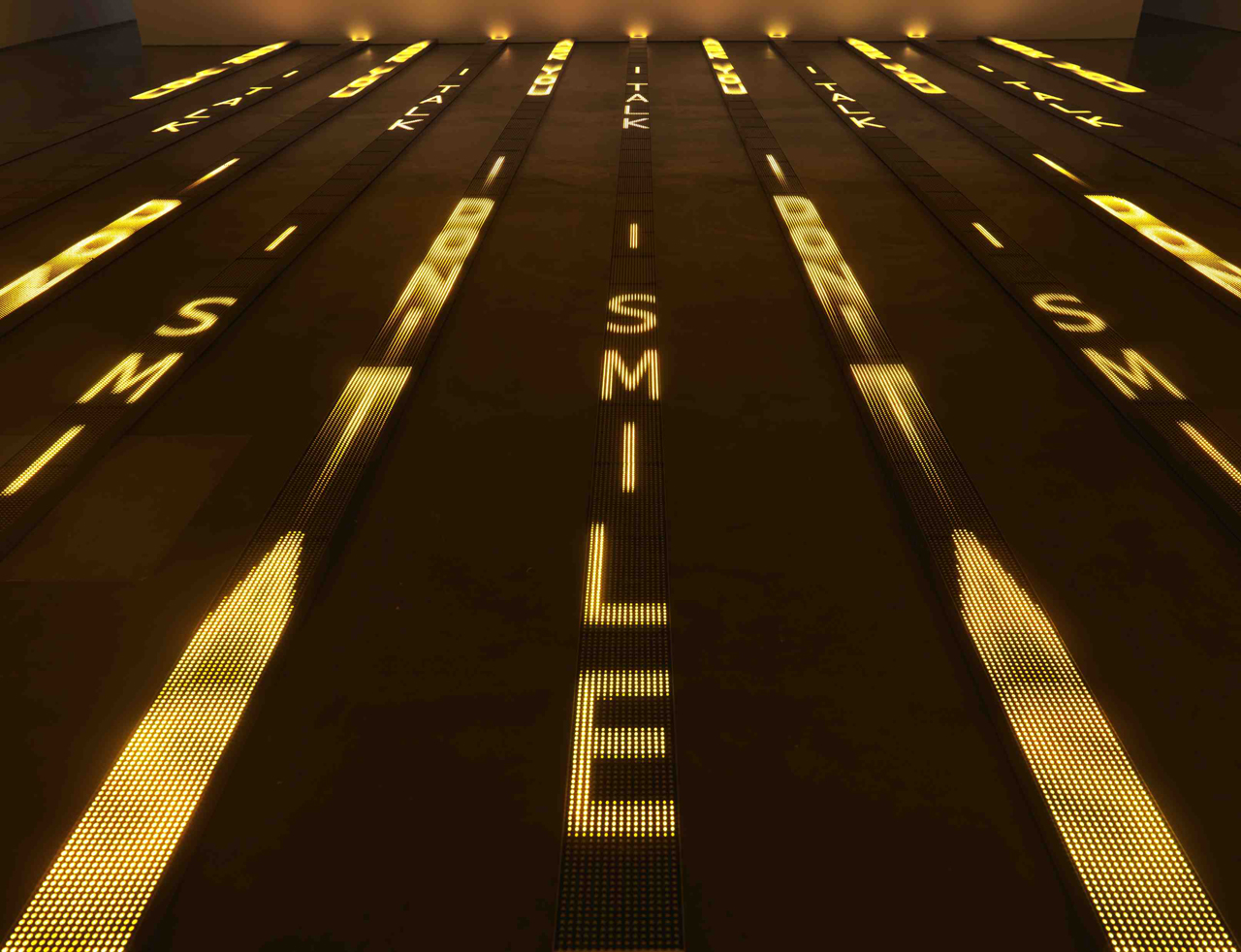
Fondation
Jenny Holzer
30 juin → 14 novembre 2010
Depuis plus de trente ans, l’œuvre de Jenny Holzer apparie texte et installation en vue de scruter des réalités personnelles et sociales
